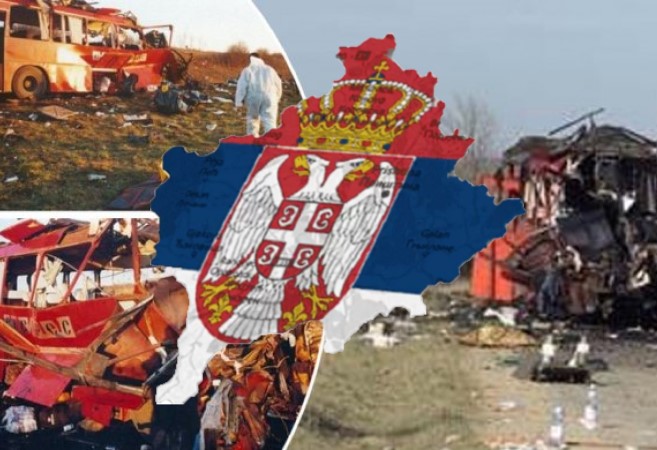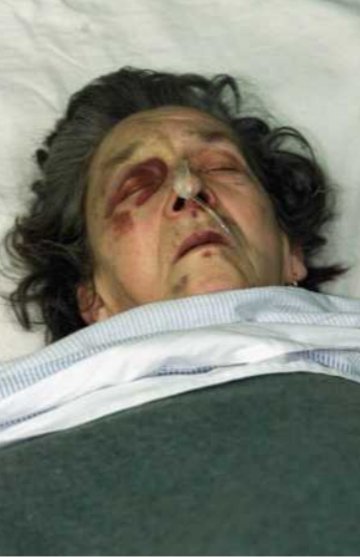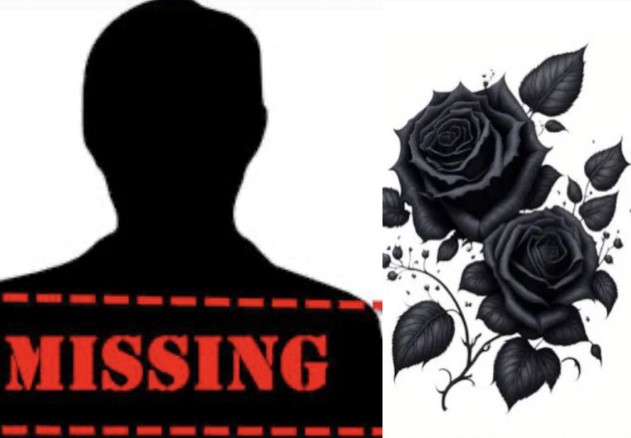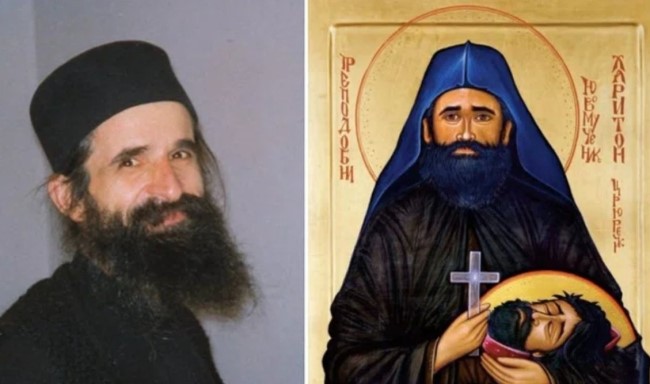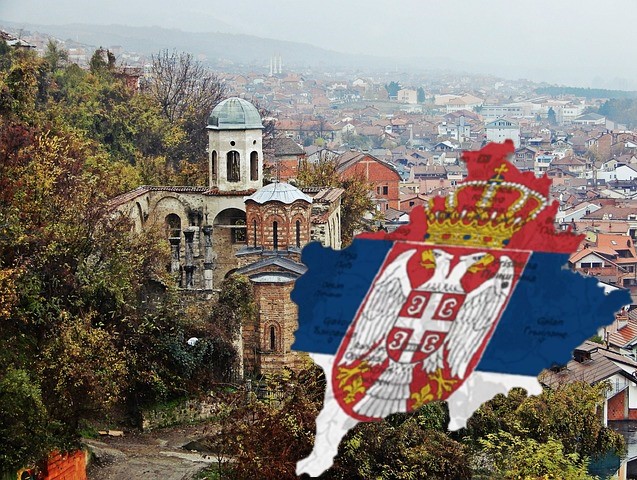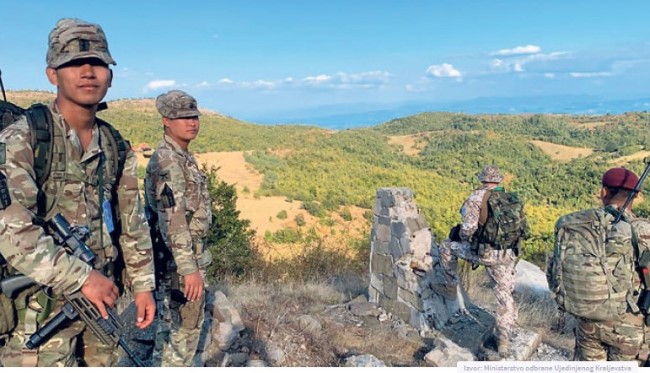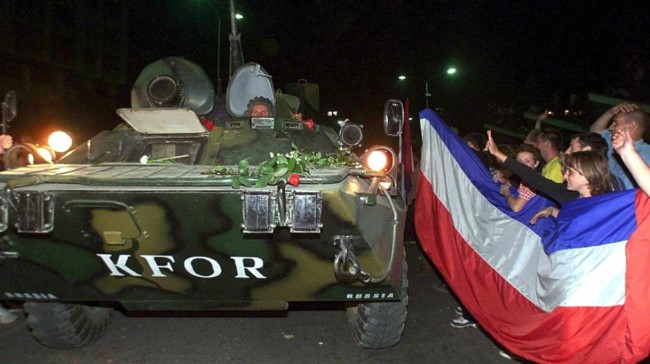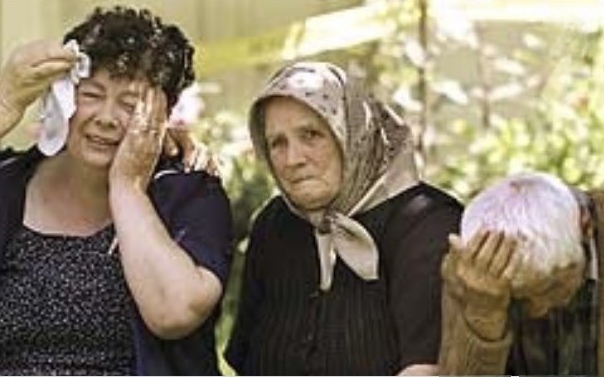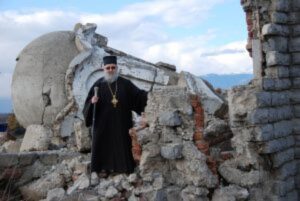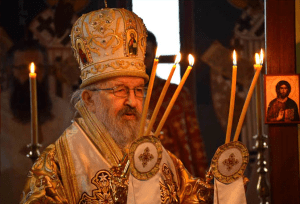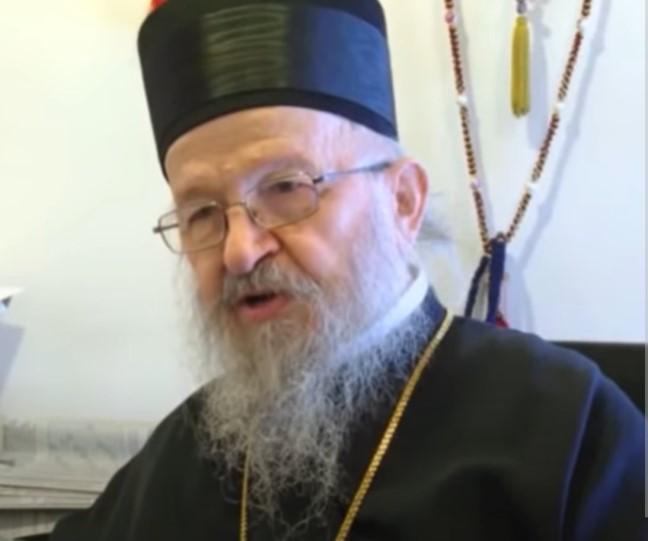
Defense and betrayal of holy places in Kosovo and Metohija
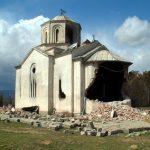
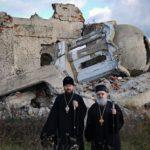
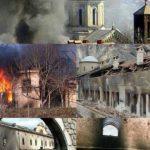
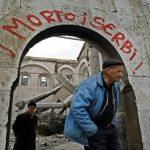
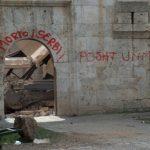
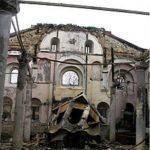
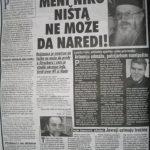
16 February 2025
Пуне 24 године од стравичног масакра над Србима пред очима међународне заједнице. Ливадице/Подујево – петак 16.02.2001
Данас се навршавају 24 године од...
28 November 2024
Дан заставе Албаније по први пут је обележен на Косову и Метхији новембра 1999. године
Дан заставе Албаније по први пут је обележен на КиМ новембра 1999....
30 August 2024
Today the world celebrates the International Day of the Missing
Despite the fact that in May of last year, the President of Serbia A. Vučić and the so-called Prime Minister of Kosovo* A. Kurti...
22 July 2024
Bloody harvest - Staro Gracko - Kosovo and Metohija 1999.
The bloody harvest in Stari Gracko in Kosovo and Metohija counts its 26th anniversary tomorrow without...
15 June 2024
A quarter of a century since the abduction and brutal massacre of the 39-year-old monk of the Serbian Orthodox Church, Father Hariton, in Prizren, Kosovo and Metohija
Father Hariton left the seminary by car...
15 June 2024
Nothing new in Kosovo and Metohija
Today marks three years since the first official meeting between the President of Serbia, Aleksandar Vučić, and the Kosovo* "prime minister".
12 June 2024
Morning with the Gurkhas
At 5 o'clock in the morning, 12.06.1999. with the entry of the deployed KFOR forces into the Kosovo-Metohija territory, the establishment of a temporary mission begins...
12 June 2024
The night in which the Russians were (welcomed) waiting
After the news spread through Pristina that late afternoon on June 10, 1999 that Russian forces would arrive first, the Serbs...
4 June 2024
The anniversary of the crime against the Stolić family in Obilić in Kosovo and Metohija
Today marks the end of the 21st year since the monstrous murder of the three-member Stolić family in Obilić...
No posts found


